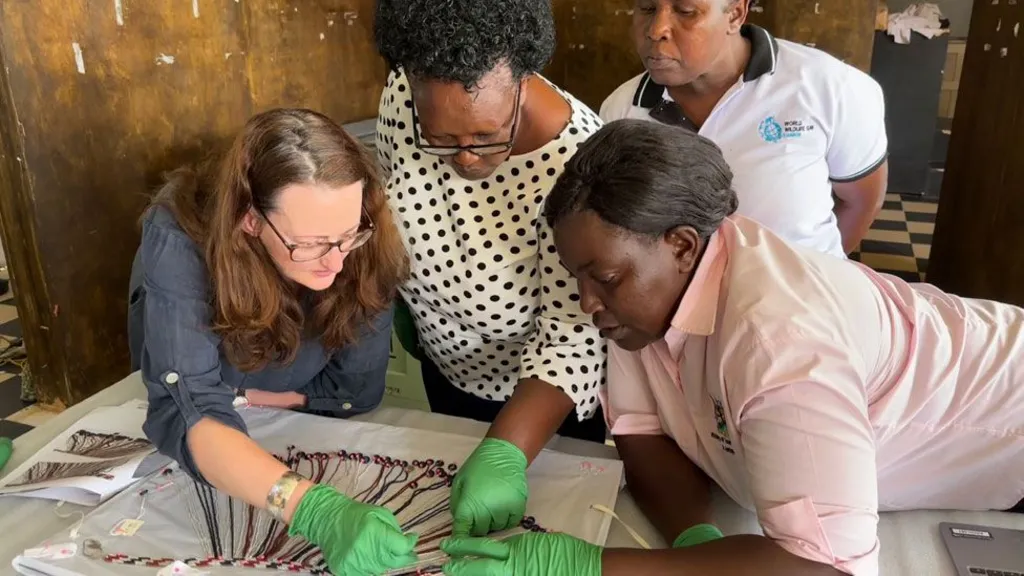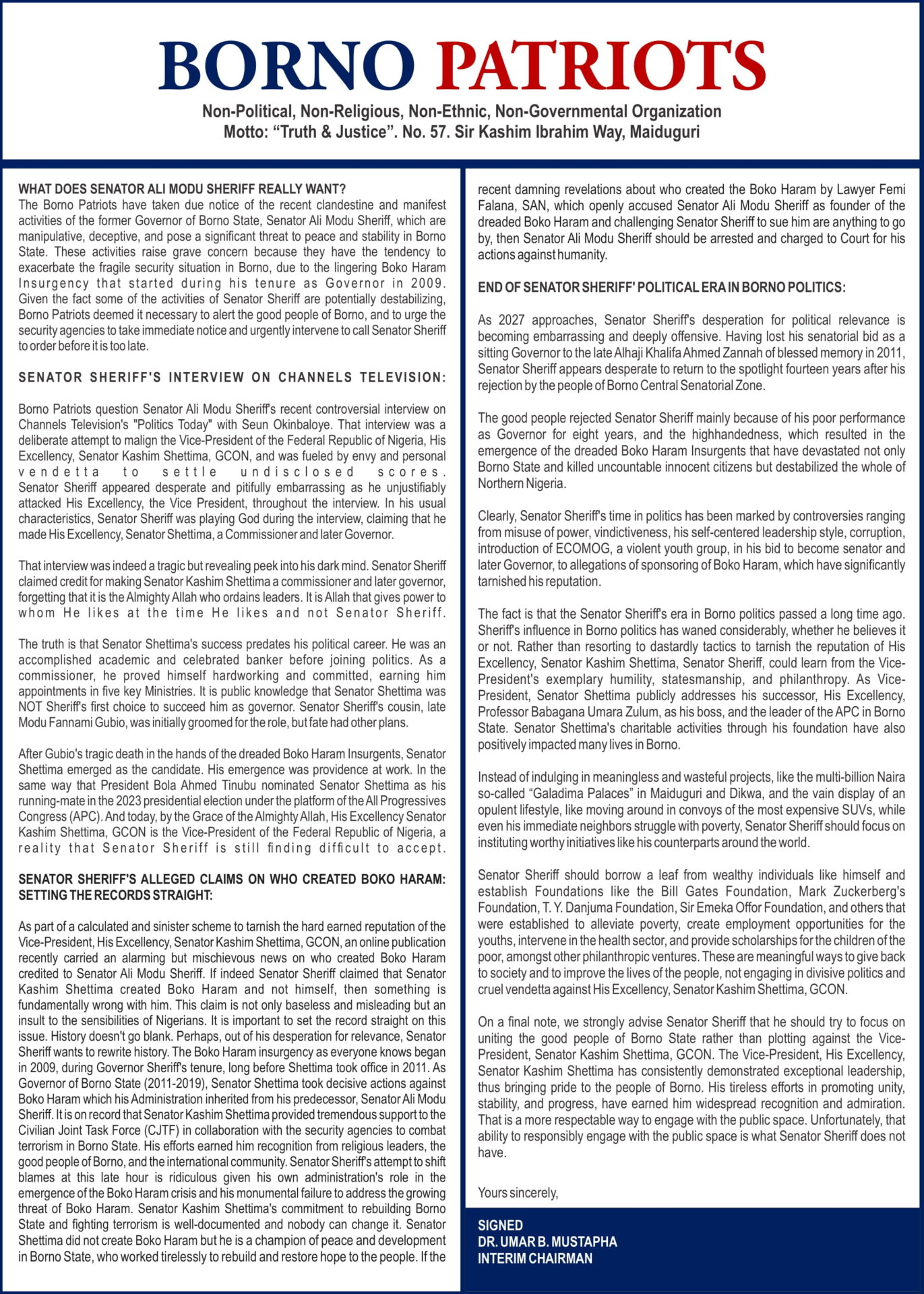AN estimated 350,000 African artefacts and manuscripts, as well as human remains, photographs and natural history specimens, have been found in a university’s collections.
Dr Eva Namusoke spent 15 months liaising with University of Cambridge librarians, curators and archivists, as well as delving into their stores, to uncover the items.
It “is fairly common” for large museums not to display most of their collections, but it was “still surprising to see this scale and diversity from the entire African continent and some there for decades and decades”, she said.
The project is the latest in recent work at the university to tackle questions about its museums’ relationship with colonisation and enslavement and reveals the majority of artefacts were acquired during British colonisation.
Dr Namusoke, the Fitzwilliam Museum’s senior curator African Collections Future, said the majority of the Africa-related artefacts are not on display and she hopes they will now be more widely shared and researched.
They were found in the stores and archives of the eight museums and the Botanic Garden which together make up the University of Cambridge Museums, as well as the University Library and less-well known collections in university departments and institutions.
They range from Maasai [tribe] armlets donated by a colonial administrator, a small mammal collected in a Boer War (1899-1902) concentration camp, a collection of medieval Jewish manuscripts and early photographs of African people.
The majority of the artefacts were acquired during British colonisation, some gifted, bought, commissioned or excavated – while others were stolen, confiscated or looted.
The Museum of Archaeology and Anthropology has a gold necklace from Ghana which is thought to have been looted from Asantehene Kofi Karikari’s palace during the Third Anglo-Asante War of 1873-4, while there are 116 objects linked to the British-led punitive campaign and looting of the Benin Kingdom in 1897, in present-day southern Nigeria.
Dr Namusoke said: “I was prepared to find material like this, as it is the case in a lot of museums around the world.”






